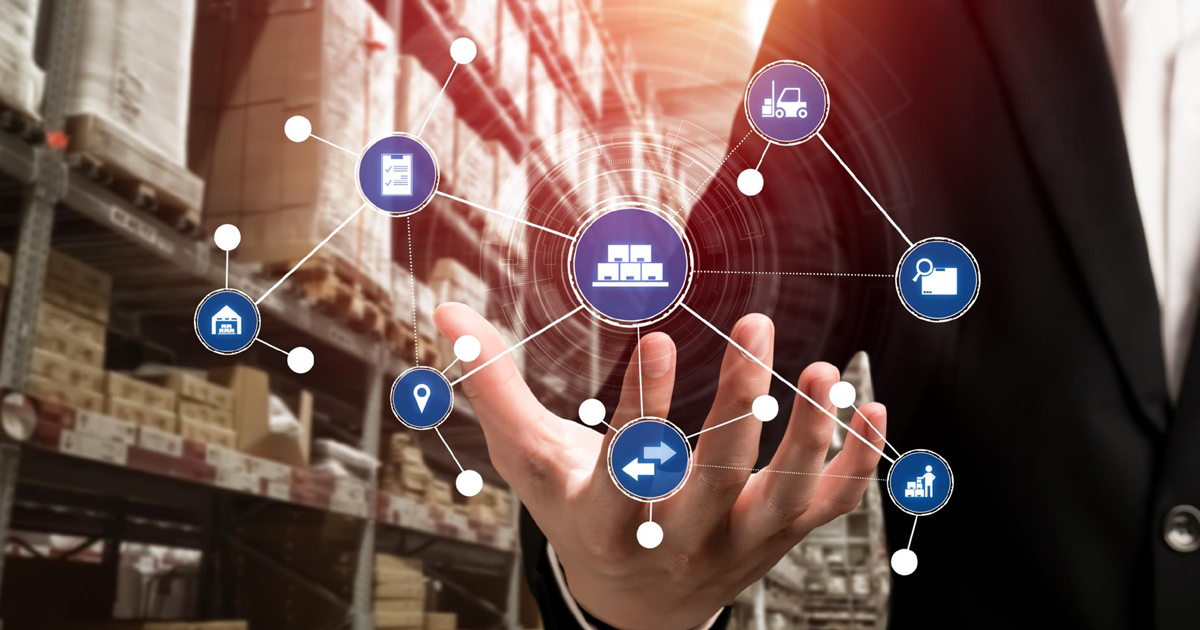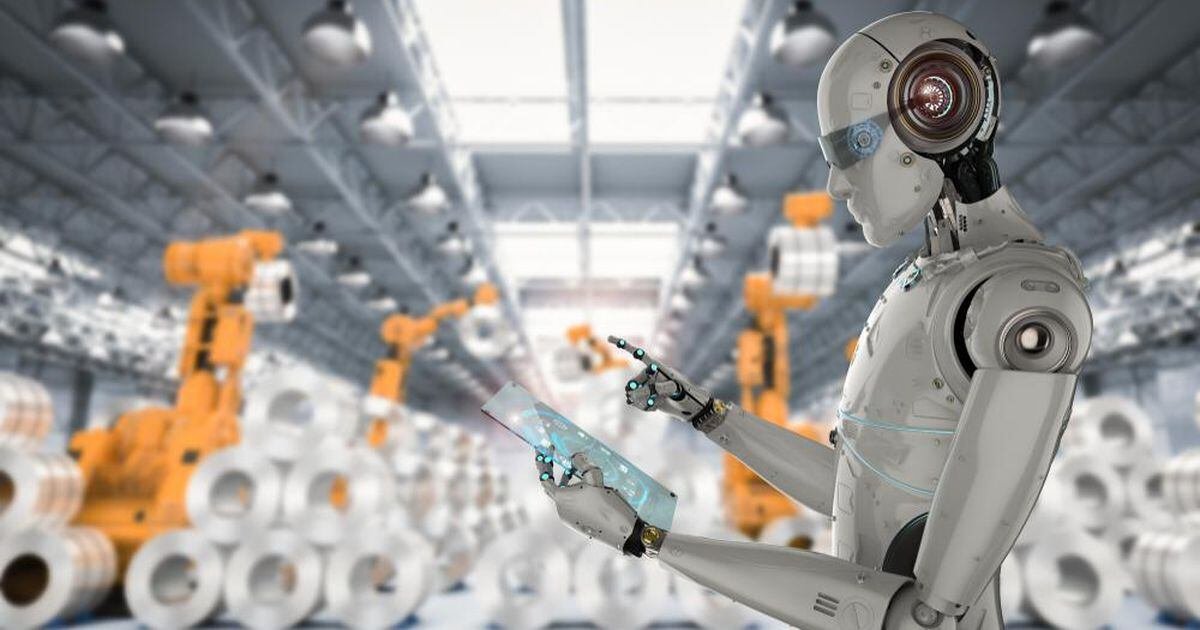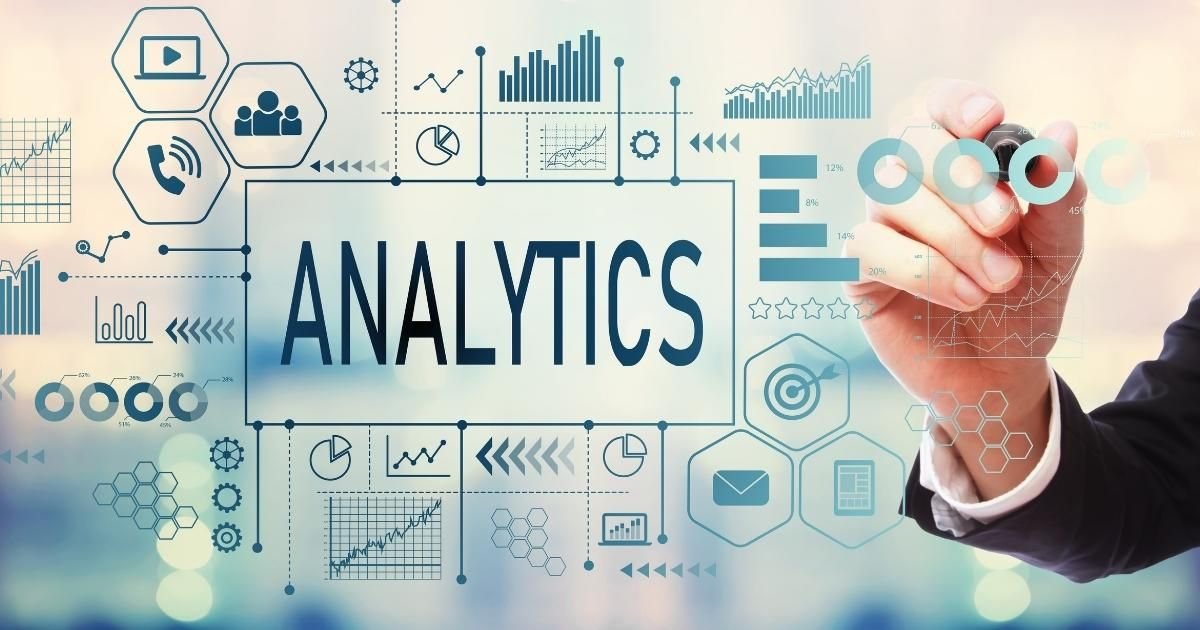The Benefits of AI in Supply Chain Automation
In today’s fast-paced, globalized economy, supply chains are becoming increasingly complex. Businesses are under constant pressure to deliver products faster, reduce costs, and improve efficiency. Enter Artificial Intelligence (AI)—a transformative technology that is revolutionizing supply chain management. By leveraging AI, companies can automate processes, gain actionable insights, and optimize operations like never before. Here are some of the key benefits of AI in supply chain automation:
Enhanced Demand Forecasting
One of the most significant challenges in supply chain management is predicting demand accurately. Traditional forecasting methods often rely on historical data, which may not account for sudden market changes or emerging trends. AI-powered predictive analytics, however, can analyze vast amounts of data—including customer behavior, market trends, and external factors like weather or geopolitical events—to generate highly accurate demand forecasts. This enables businesses to optimize inventory levels, reduce waste, and ensure products are available when and where they are needed.
Improved Inventory Management
AI-driven automation helps businesses maintain optimal inventory levels by analyzing real-time data and predicting future needs. Machine learning algorithms can identify patterns and trends, allowing companies to avoid overstocking or stockouts. For example, AI can automatically reorder products when inventory reaches a certain threshold, ensuring a seamless flow of goods without human intervention. This not only reduces storage costs but also minimizes the risk of lost sales due to unavailable products.
Streamlined Logistics and Transportation
AI is transforming logistics by optimizing routes, reducing delivery times, and cutting transportation costs. Advanced algorithms can analyze traffic patterns, weather conditions, and vehicle performance to determine the most efficient routes for shipments. Additionally, AI-powered tools can automate load planning, ensuring that trucks and containers are utilized to their full capacity. This leads to lower fuel consumption, reduced emissions, and faster delivery times—key factors in meeting customer expectations.
Real-Time Tracking and Visibility
With AI, businesses can gain real-time visibility into their supply chains. IoT (Internet of Things) devices, such as sensors and GPS trackers, collect data on the location and condition of goods in transit. AI algorithms process this data to provide actionable insights, such as identifying potential delays or monitoring temperature-sensitive shipments. This level of transparency allows companies to proactively address issues, improve customer communication, and ensure the integrity of their products.
Cost Reduction and Efficiency Gains
By automating repetitive tasks and optimizing processes, AI significantly reduces operational costs. For instance, AI-powered chatbots can handle customer inquiries, while robotic process automation (RPA) can manage paperwork and data entry. These efficiencies free up human resources to focus on strategic tasks, ultimately driving productivity and profitability. Additionally, AI’s ability to identify inefficiencies in the supply chain helps businesses eliminate waste and reduce unnecessary expenses.
Enhanced Supplier Relationship Management
AI can analyze supplier performance data to identify the most reliable and cost-effective partners. By evaluating factors such as delivery times, quality, and pricing, AI helps businesses make informed decisions about which suppliers to work with. This not only strengthens supplier relationships but also mitigates risks associated with supply chain disruptions.
Proactive Risk Management
Supply chains are vulnerable to a wide range of risks, from natural disasters to geopolitical tensions. AI can monitor global events and predict potential disruptions, enabling businesses to take proactive measures. For example, if a hurricane is forecasted to impact a key shipping route, AI can recommend alternative routes or suppliers to minimize delays. This level of risk management ensures business continuity and reduces the impact of unforeseen events.
Sustainability and Ethical Sourcing
Consumers and regulators are increasingly demanding sustainable and ethical practices from businesses. AI can help companies track the environmental and social impact of their supply chains by analyzing data related to carbon emissions, labor practices, and resource usage. This enables businesses to make more sustainable choices, such as sourcing materials from eco-friendly suppliers or optimizing transportation to reduce their carbon footprint.
Personalized Customer Experiences
AI enables businesses to tailor their supply chains to meet individual customer needs. By analyzing customer data, AI can predict preferences and recommend personalized products or services. For example, an e-commerce company can use AI to suggest items based on a customer’s browsing history or offer customized delivery options. This level of personalization enhances customer satisfaction and fosters brand loyalty.
Scalability and Adaptability
As businesses grow, their supply chains must evolve to handle increased complexity. AI provides the scalability and adaptability needed to manage this growth. Whether it’s expanding into new markets, adding new products, or dealing with seasonal fluctuations, AI-powered systems can quickly adjust to changing demands. This flexibility ensures that businesses remain competitive in a dynamic marketplace.
Conclusion
The integration of AI into supply chain automation is no longer a luxury—it’s a necessity for businesses looking to thrive in the modern economy. From demand forecasting and inventory management to logistics optimization and risk mitigation, AI offers a wide range of benefits that drive efficiency, reduce costs, and enhance customer satisfaction. As technology continues to advance, the role of AI in supply chain management will only grow, paving the way for smarter, more resilient, and sustainable supply chains.





Post Comment